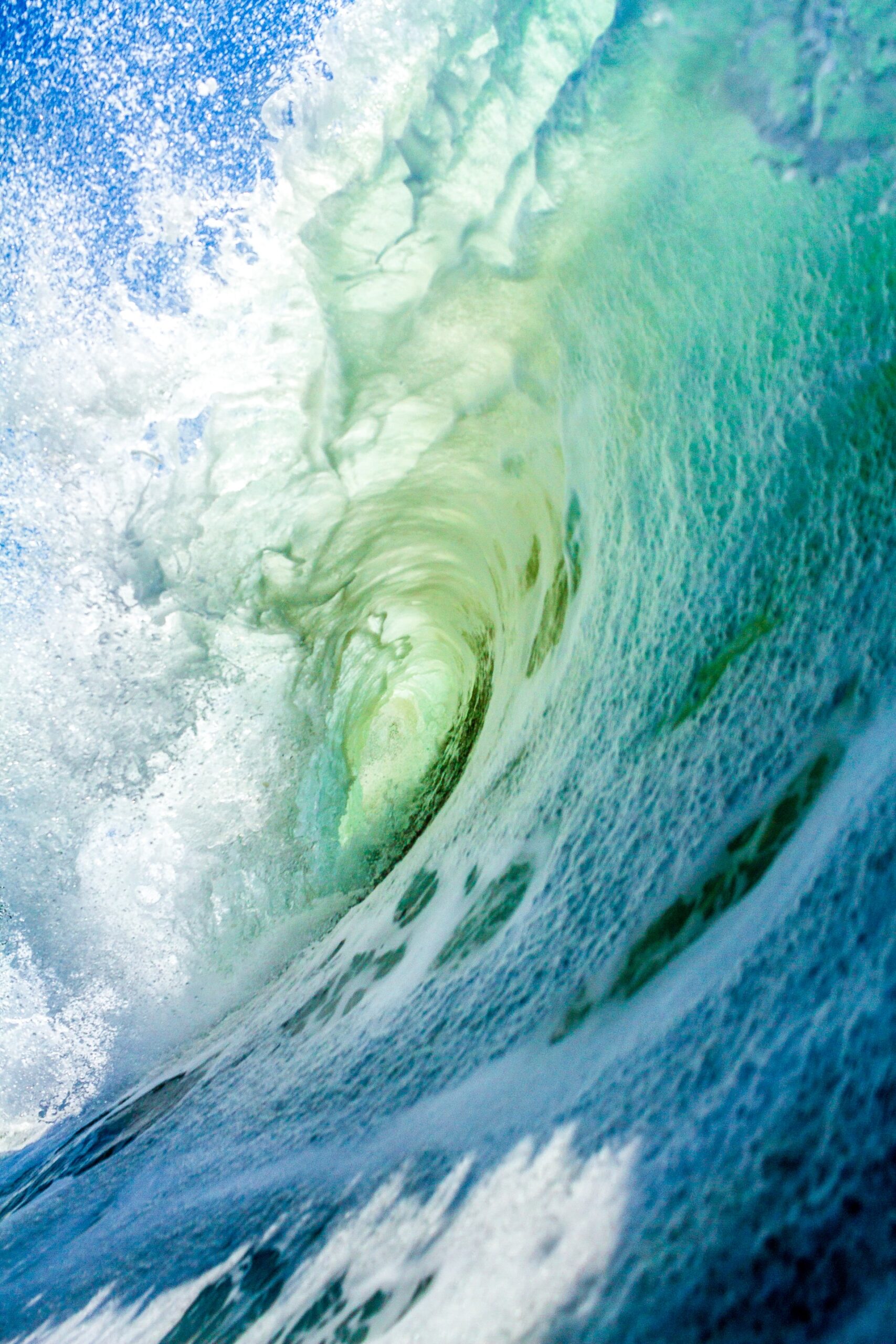Providing Shallow Water Sources
Paying attention to how animals interact with water sources in their natural habitats can enlighten us about the best ways to recreate these conditions in our gardens. Wildlife Gadget Man suggests that during hot weather, shallow and gentle water sources are crucial. Shallow water sources mimic natural puddles, brooks, and other gentle bodies of water that many animals prefer.
There are various ways you can provide this type of water source in your garden. You could repurpose an old saucer or shallow dish and fill it with water. Placing pebbles in your dish can ensure that even the smallest creatures, such as bees and butterflies, can benefit without risk of drowning. Perhaps, you could set up a birdbath in a quiet corner, creating an instant watering hole for your feathered neighbours.
Making Safe and Appealing Drinking Spots
Undeniably, the location and cleanliness of your water source play a crucial role in attracting wildlife. Drawing from fantastic insights provided by North Coast Gardening, your water feature should ideally be in a quiet, predator-free location. Wildlife will not venture into spaces where they feel threatened.
Cleaning your water sources regularly guarantees a fresh supply for visiting wildlife. No animal wants to drink stagnant, dirty water. In addition to cleanliness, aesthetics also play a part. Incorporating native plants around your water source can provide cover for wary wildlife, making the spot safer and more appealing.
Catering to Specific Species
While a universal water source is helpful, certain types of wildlife require specific provisions. For example, butterflies, according to Carnegie Borough’s guide, are attracted to puddling stations—sandy areas soaked with water—where they obtain nutrients in addition to water. You can create similar conditions in your garden with a butterfly puddling stone.
Another example is hummingbirds that are drawn to sugar-water feeders. Ensuring these feeds are clean and effectively replenished, is beneficial to these iridescent fliers. Always remember to dissolve the sugar fully before setting it out to avoid harming any visitors.
The Importance of Regular Maintenance
Regardless of your water source, regular maintenance is paramount. Neglected water sources can become breeding grounds for pests like mosquitoes. Moreover, contaminated water can pose serious threats to wildlife, causing diseases and even death.
Scheduled cleaning and topping up of your water supplies can ensure that animas have a fresh supply every day. Not to mention, it will keep your garden-a haven for both you and the local wildlife-healthy and thriving. Let’s all work toward making our gardens more wildlife-friendly, one clean water dish at a time.

